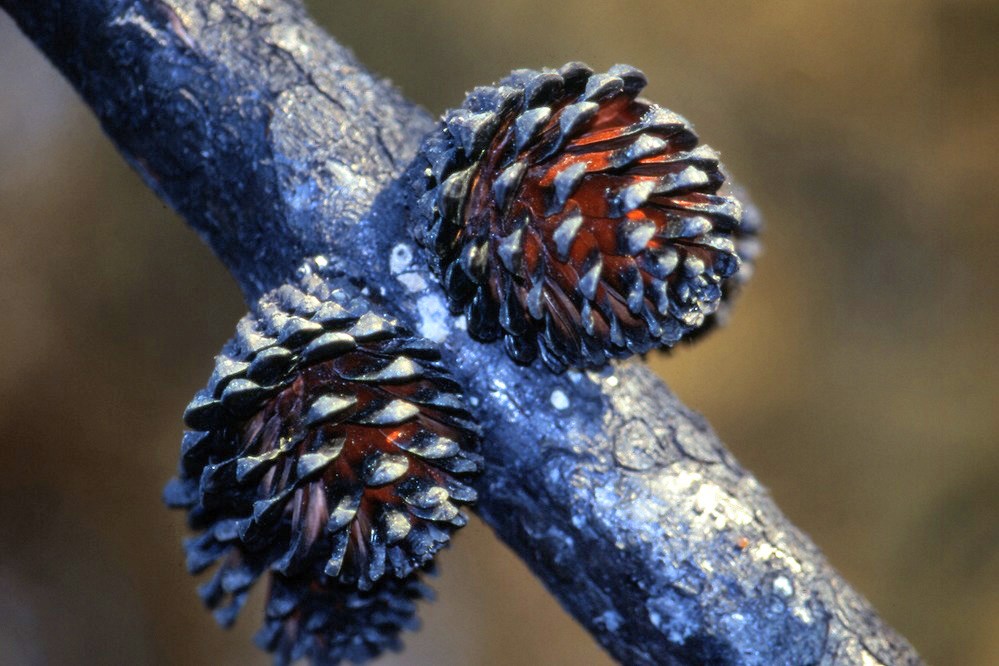Part of a series of articles titled Fire at Point Reyes: Past, Present and Future.
Previous: Memories of Vision
Article
November 2020 - This year’s fire season was historic in California. According to Cal Fire, over four million acres had burned as of mid-November. That’s more than double the footprint that made 2018 the previous record holder. The Woodward Fire in Point Reyes National Seashore, at 5,000 acres, was only a small component of that total. But it was driven by the same conditions that fuel the state’s largest fires: human-caused climate change and fire suppression.
“Wildfire is an essential, necessary and natural part of many forest and woodland ecosystems across the western U.S., including in Point Reyes,” says Patrick Gonzalez, a forest ecologist and principal climate change scientist for the National Park Service. Western ecosystems are adapted for regular fires, and suffer without their influence. But land management agencies have had a straightforward approach to fires over much of the last century: put them out as quickly as possible. That policy has had some unforeseen consequences. Natural fires that would have regularly consumed dead and dying trees, dried leaves, and other combustible materials were extinguished from the landscape, allowing those fuels to accumulate to unnatural levels. The result is a tinderbox primed to explode.

NPS
Snuffing out natural fires has also damaged the fire-adapted ecosystems common throughout the West. Certain trees, like the Bishop pine in Point Reyes, for example, depend on regular fires to reproduce. Their cones remain closed until they’re immersed in flame. Without the force of fire, the trees have grown old and unhealthy—another source of fuel on the landscape.
Fire suppression policies are outdated and need to be revised, Gonzalez says. Allowing natural fires to burn in areas where they don’t threaten people or property would help reset unnatural fuel loads and revitalize those ecosystems. The same result can be achieved through controlled burns in areas where an untamed wildfire would be too dangerous. Though nearby residents may have to suffer through smoke, and are often fearful of a controlled burn becoming a wildfire, Gonzalez says that fires are unavoidable one way or another.
“It’s a tradeoff,” he says. “I hope that people can realize that some of the negative aspects (of controlled burns) in the short term lead to more security in the long term.”
While the buildup of fuels is an important factor in the West’s wildfire problem, it’s one exacerbated by a more systemic and complex issue: climate change. “The fundamental solution to reduce catastrophic wildfires is cutting the pollution from cars, power plants and other human sources that causes climate change,” Gonzalez says. His research has demonstrated that the increased heat from human-caused climate change has doubled the burned area over natural levels in the Western U.S. since 1984. He’s also found that temperatures in national parks have increased at double the rate of the rest of the U.S. over the last 120 years.
Point Reyes is in a less extreme environment than many other parks, like Denali or Death Valley, but its average temperature has still increased by roughly two degrees Fahrenheit. Gonzalez says that climate change has also contributed to thinning fog along California’s northern coast, reducing the park’s most important source of summertime moisture. In the rest of California, increased temperatures due to unchecked climate change could double or triple the fire frequencies across much of the state, especially in places like the Sierra Nevada. Point Reyes’ foggy coastal landscape could dampen the increasing aridity experienced elsewhere. But fire-friendly conditions will become more common if the park’s summertime moisture continues to fade.
This fate isn’t written in stone. Gonzalez has contributed his science to the Intergovernmental Panel on Climate Change, the United Nations group that contends the worst impacts of climate change could be avoided if average temperatures stay below an increase of two degrees Celcius. The Paris Agreement is a concerted global effort to meet that objective. As one of the world’s largest producers of greenhouse gases, the U.S. needs to play an active role in the agreement, Gonzalez says—a critical effort that has been lacking in recent years.
“The U.S. administration, from 2017 to 2020, denied the science of climate change and blocked action,” Gonzalez says. He notes that despite federal moves to withdraw from the Paris Agreement, many states committed to staying on track. The U.S. Climate Alliance, a group of 24 states and Puerto Rico, still cut greenhouse gas emissions to meet the agreement’s goals—an encouraging sign that success is an achievable goal.
Mitigating climate change is challenging, as is accepting fire and smoke as a part of life in California. But allowing fire to reduce fuel loads and revitalize the landscape, and supporting policies that reduce rising temperatures, are essential for a more livable, breathable West.
Part of a series of articles titled Fire at Point Reyes: Past, Present and Future.
Previous: Memories of Vision
Last updated: September 3, 2021